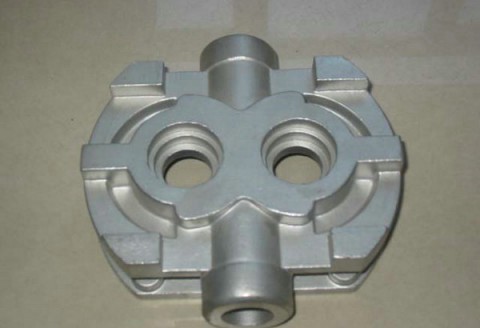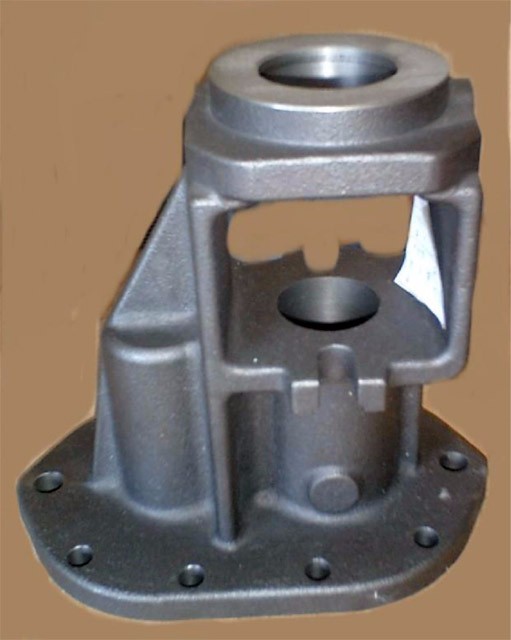the most widely used casting process-Sand casting
Processing way: Sand Casting
Sand Casting is the most widely used casting process. Sand Casting utilizes expendable sand molds to form complex metal parts that can be made of nearly any alloy-iron, steel, non-ferrous metal. Because the sand mold must be destroyed in order to remove the part, sand casting typically has a lower production rate. The Sand Casting process involves the use of a furnace, metal, pattern, and sand mold. The metal is melted in the furnace and then ladled and poured into the cavity of the sand mold, which is formed by the pattern. The sand mold separates along a parting line and the solidified casting can be removed.
Sand Casting is used to produce a wide variety of metal components with complex geometries. These parts can vary greatly in size and weight, ranging from a couple ounces to several tons. Some smaller sand cast parts include components as gears, pulleys, crankshafts, connecting rods, and propellers. Larger applications include housings for large equipment and heavy machine bases. Sand Casting is also common in producing automobile components, such as engine blocks, engine manifolds, cylinder heads, and transmission cases.
Advantages include:
very large parts available
complex shapes via cores available
different material options available
Low tooling and equipment cost
Scrap can be recycled
Short lead time possible
strict control on inspection


